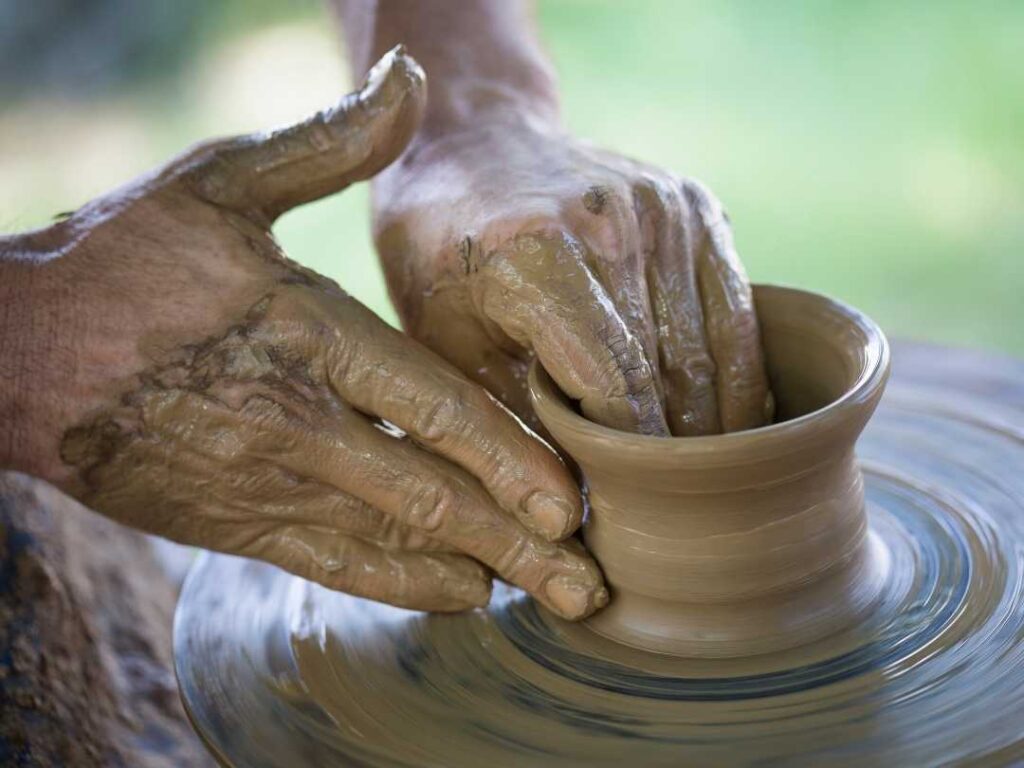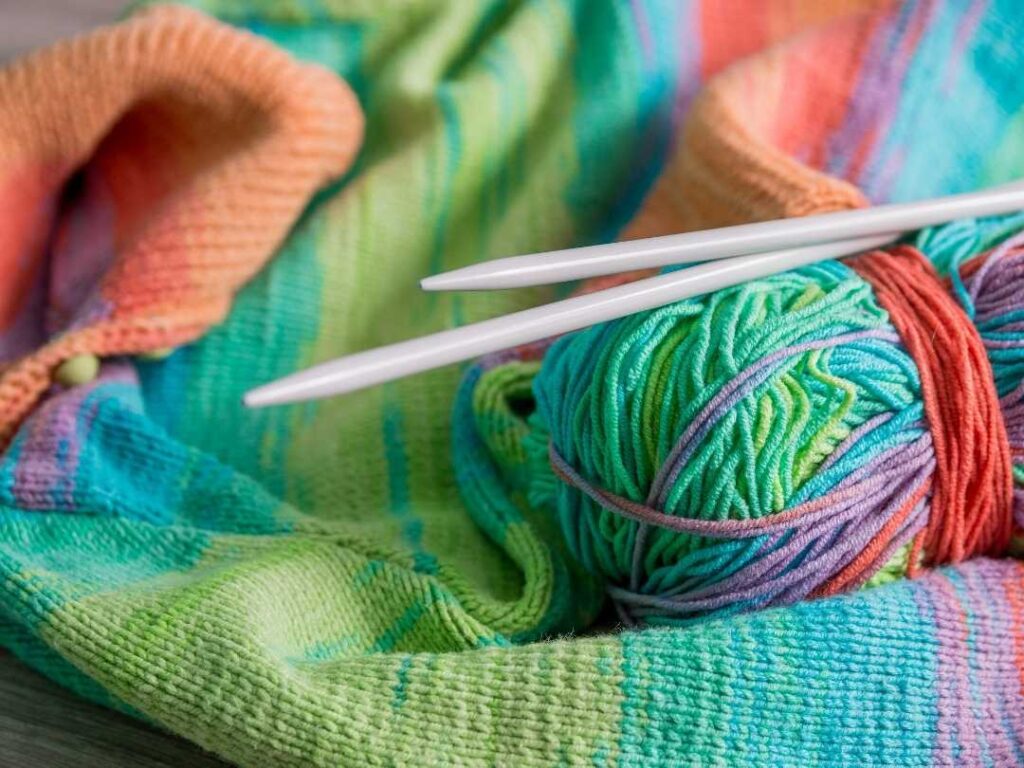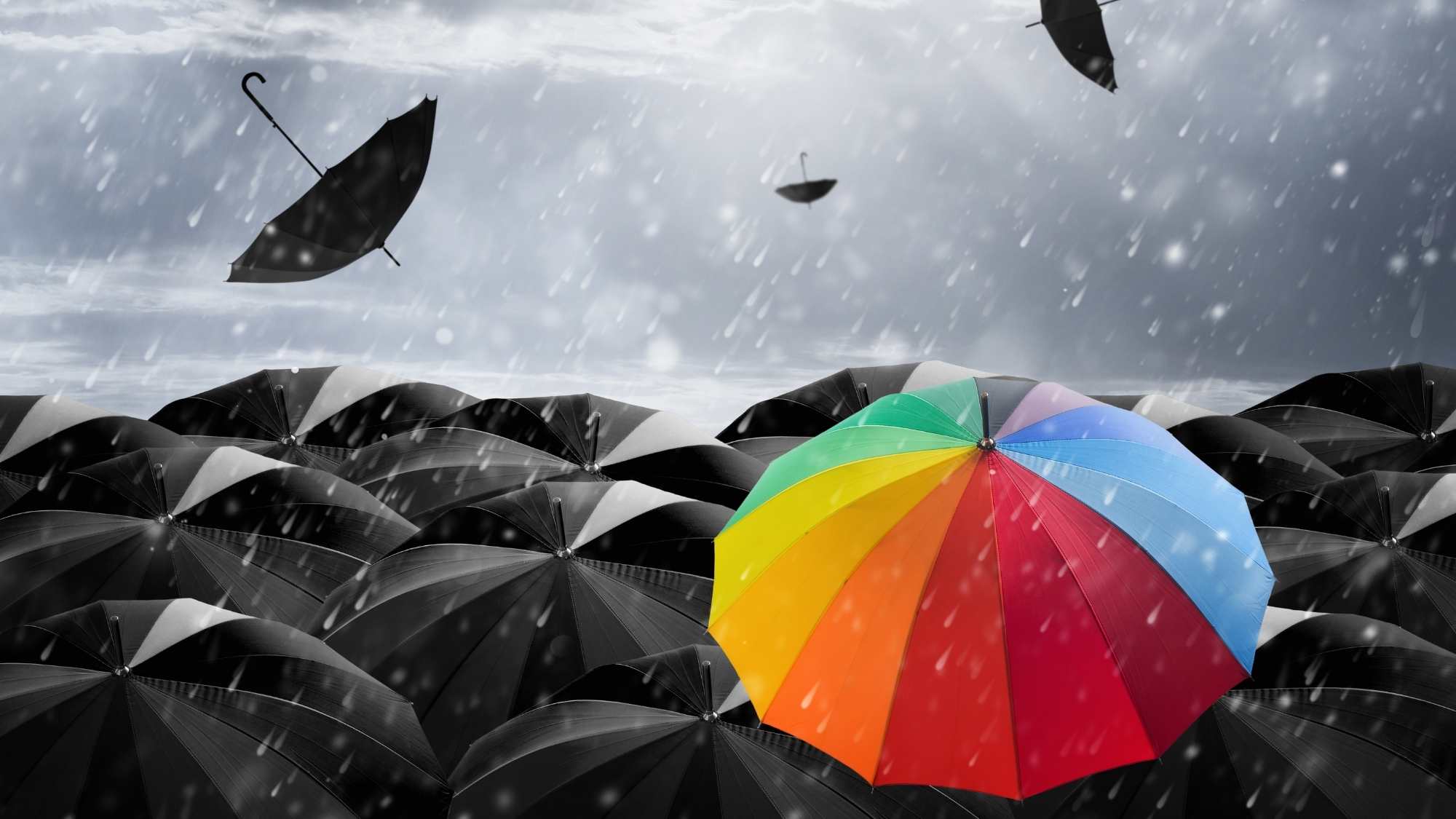If you work in healthcare you are at high risk of burnout, especially in the current climate of unrelenting demands and diminishing resources. Maintaining good boundaries, taking care of your physical health and drawing on social support (in and out of work) are all key to supporting your wellbeing in this challenging line of work. A further resource that is less commonly talked about is creativity. In this article I am going to discuss how creativity can act as a buffer against chronic stress and burnout – and give you some pointers on how you can nurture more creativity in your life.
What is creativity?

We often think of creativity as referring to the Arts – the accomplishments of painters, writers or composers. Yet creativity is an innate human characteristic, and one that uniquely sets us apart from other species. Consider how many different ways humans have developed to build homes, cook eggs or make clothes. These solutions are beyond what we need to survive, yet they are imbued with meaning, pleasure and joy.
The creativity researcher Frank X Barron defined everyday creativity as something (a product, idea or behaviour) that is both original and meaningful. A creative act is one done with intention, creates something that didn’t exist before and has meaning to you.
It doesn’t need to be meaning in the deep philosophical sense, but meaning in that it communicates something, solves a problem or has an impact. This isn’t about producing art intended for a gallery, but about the process of tapping into your own innate creativity in a way that is meaningful to you – whether the purpose is to create something beautiful or useful; or just to give yourself time to play.
5 ways creativity can protect against burnout

Burnout is characterised by emotional exhaustion, lack of personal accomplishment, and a detachment or cynicism towards work. One can experience some or all of these dimensions to varying degrees. It results from chronic workplace stress due to demands outstripping resources.
Rates of burnout in healthcare have never been higher. Organisational and political factors are responsible for unprecedented levels of service demand, dwindling resources, and a massive retention and recruitment crisis. We can feel helpless in the face of these systemic issues that we have no control over.
But it is also true that there are resources we can draw on to help sustain and empower us – and creativity is one such important resource.
Creativity can help buffer us against the strains of working in healthcare by helping us:
1.Switch off
Being able to switch off and disconnect from work in your free time is crucial to managing a stressful job, especially one that is emotionally taxing. Studies show that being able to psychologically detach from work at the end of the day/shift mediates the impact of job demands on burnout risk.
But this can be very hard to do, particularly when your work involves a lot of complex cognitive labour. Creative tasks can really help with this because they require concentration and often the use of our hands. This taxes the working memory, meaning there is less room for our brain to continue to think about work.
2. Find rest
Creative tasks such as painting, knitting, drawing or writing require us to physically slow down. Absorbing ourselves in the sensory experience of the materials we are working with can help us achieve a flow state and soothe the autonomic nervous system.
Creative endeavours don’t need to be calm and quiet though. We can also find rest in more energetic pursuits, like dancing, or Jackson Pollock-style painting – especially if what you need is emotional rather than physical rest. Find the creative pace that suits what you need.
3. Connect with others
Creative hobbies can help us to connect with others, and guard against the encroaching withdrawal and disconnection of burnout. We can connect to like-minded communities who share our love for a particular craft; we can create gifts for people and keep them in mind while we create; and we can use our creativity to connect to the values and causes that really matter to us (the Craftivist movement is a great example of this).
4. Re-humanise
Working in big institutions like the NHS can be a very dehumanising experience. We can feel devalued, ignored and unseen. I often hear health professionals talk about how they feel like just a name on a rota, with their unique skills and needs disregarded. Even worse many experience a sense that even their basic human needs can’t be met at work – the need to go to the toilet, eat healthy food, rest.
Having a creative outlet is a chance to make your unique stamp on the world, even if no-one else ever sees what you produce. You get to choose what and how you do it, and can respond to your own sensory needs without having to ask permission.
5. Cultivate self-compassion
As healthcare professionals we are usually awful at being kind and compassionate towards ourselves. We are very good at heaping criticism and judgement on top of our already battered souls. Creativity is about play and making mistakes is part and parcel of the process. It’s a great opportunity to practice tolerating (and even accepting) mistakes, uncertainty and imperfection. It also gives us opportunities to learn how to tune in to what we need in any given moment so we can respond with care.
How to bring more creativity into your life

1.Fill your feed
We know that viewing art can give us an emotional boost and reduce physiological stress – whether it’s viewed in person, in a book or electronically. If you’re like most of the people I meet (including myself) you are probably drawn to social media in times of stress – which can only make it worse. But if you can fill your feed with creative inspiration this will not only help to balance out the doom and gloom, but give your brain an instant dopamine hit.
2. Work and play
Find ways to bring creativity into your workplace. This can be a great way to build connections with colleagues, and make work a better place to be. Listen to this episode of the When Work Hurts episode in which I spoke with Dr Heidi Edmundson about how she has brought everyday creativity into her A&E department.
3. Developing an everyday creative practice
If you can do something creative every day, no matter how small, you will soon start to notice the benefits. Spending just 5 minutes a day is all you need. If you can have some basic tools ready and available you can grab them whenever you have a free moment. Knitting is great for this as it’s really portable and you can make progress towards a bigger project by doing just a few stitches at a time. Amy Maricle of The Mindful Art Studio has some wonderful resources for creating little art in very short spaces of time. And for more ideas check our this blog post by psychotherapist Karolina Christopher on creative self-care.
4. Carve out time
If you find it hard to establish a regular creative practice, or you want to deepen your skills, it could be a great idea to sign up to a regular class, a one-off workshop or a retreat. This will allow you to really focus on the creative process without all the distractions of everyday life. This is a great way to give yourself some restorative time, and develop a deeper connection to your own creativity so that this can be a resource you can continue to draw on to help sustain you in your work and prevent burnout.

If you enjoy knitting join us at our next Creative Restoration retreat! This is a day designed especially for overwhelmed and exhausted health professionals where we will teach you about the therapeutic benefits of knitting and how to weave this together with knowledge and skills from the psychological science of wellbeing. Our next retreat is on 1 October 2022 (with bookings closing on 16 September). You can find out more information here.




